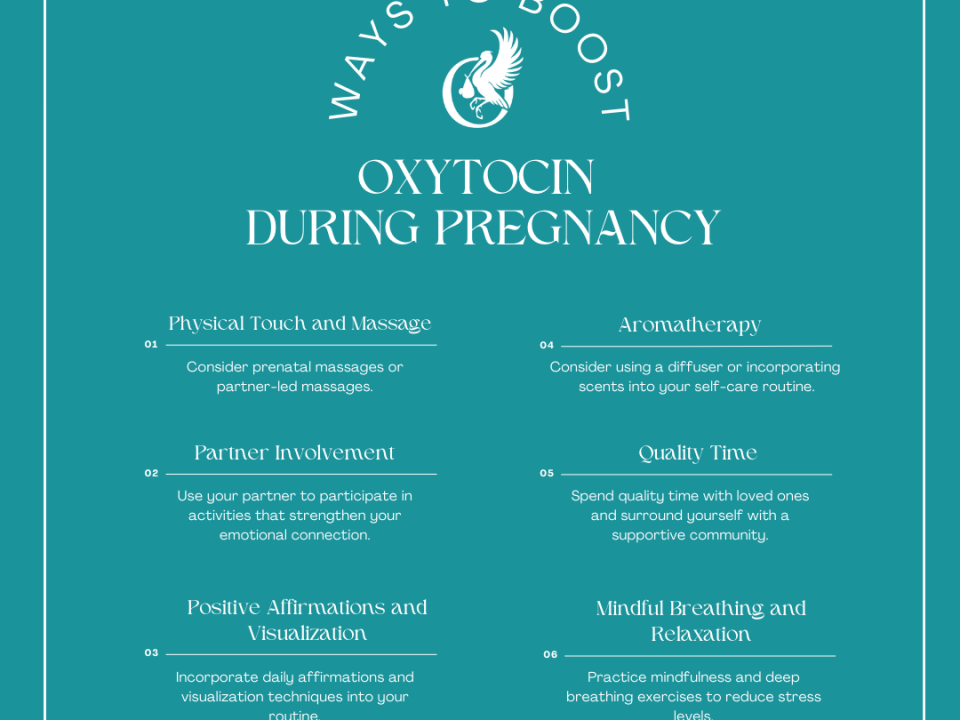
What is the Difference Between Doulas and Midwives?
10/26/2023
5 Reasons You Want to Take Thorne Prenatal Vitamins
11/17/2023“What’s your due date?” This is possibly the number one question a pregnant person gets asked. The term “due date” in the context of pregnancy refers to the estimated date on which a pregnant person is expected to give birth. It’s commonly calculated as 40 weeks from the first day of the last menstrual period (LMP). Society, movies, television shows, and social media lead us to believe this is a hard and fast deadline. However, several factors can make this date an estimation rather than a precise prediction. Let’s learn more on the truth about pregnancy due dates.

Variability in menstrual cycles
Not all menstrual cycles are exactly 28 days. Some people have cycles that are much longer while others have them that are shorter. Other times still, some people’s cycles come at irregular intervals. For women fitting into one of these alternate categories, the due date based on LMP may not be as accurate.
Ovulation variations
Ovulation doesn’t always occur precisely in the middle of the menstrual cycle. There are methods women can use to attempt to track ovulation to see if this may be the case for them.
Nature of human gestation
Full-term pregnancies can naturally vary in length even without variations in cycle duration or ovulation frame. Full-term pregnancy is generally considered to be 37 to 42 weeks, so there’s a 5-week range when a baby can be born and still be considered full-term. Researchers have found that:
- 10% gave birth by 38 weeks and 5 days after the LMP
- 25% gave birth by 39 weeks and 5 days after the LMP
- 50% gave birth by 40 weeks and 5 days after the LMP
- 75% gave birth by 41 weeks and 2 days after the LMP

Measurement variations
Ultrasound measurements, especially in the first trimester, can provide an alternative estimation of the due date. However, as pregnancy progresses, the accuracy of ultrasound for dating decreases. Don’t fret if you hear the baby is measuring ahead if you do a 3rd-trimester ultrasound. A midwife does not hear that information and rushes to think the baby is growing too fast or needs to come out soon. They take it as a piece of the puzzle and continue to monitor for the best care for you and your baby together.
Inaccurate recall
Sometimes, the exact date of the last menstrual period might not be remembered correctly, leading to an incorrect due date estimation. Life can get busy! Oftentimes close attention to one’s cycle dates doesn’t take top priority and we understand that!
Multiple pregnancies
Twins, triplets, and other multiple pregnancies often have shorter gestation periods than single pregnancies. Pregnancies with multiples have their own unique things to monitor and take into consideration that help paint the best, healthiest picture for them.
For these reasons, many babies are born before or after their “due date.” In fact, only a small percentage of babies are born precisely on that date. That’s why the term “due date” is better thought of as an “estimated due date” or “EDD”. It provides a general timeframe for when to expect the baby, but it’s not a guarantee. Sometimes clients even tell their family and friends their “due month” instead of a specified date, it can take the pressure off of mom feeling like a watched pot while also letting family and friends celebrate in anticipation.
At Origins Birth and Wellness Collective, our midwives monitor pregnancies closely as the due date approaches to ensure the well-being of both the baby and the pregnant woman. If a pregnancy goes too far past the due date, you and your midwife will discuss the risks and a plan of action. Safety for mom and baby is always top priority here! There will be open and honest conversations to discuss how to best take care of your precious family.
While the “due date” gives expecting parents and Origins midwives a guideline, it’s essential to understand that it’s an estimate and that a range of delivery dates is entirely normal and healthy.





